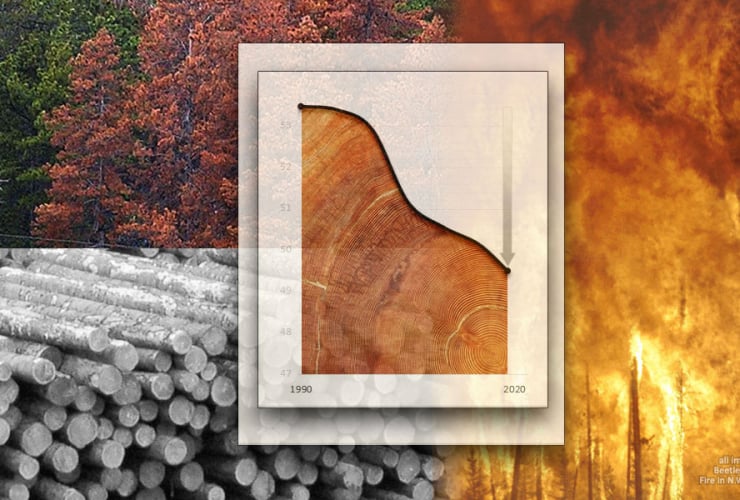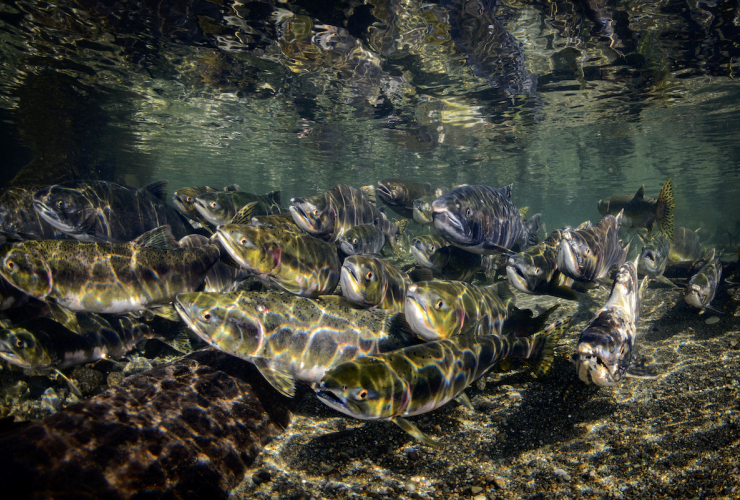This story was originally published by The Guardian and appears here as part of the Climate Desk collaboration.
The amount of heat accumulating in the ocean is accelerating and penetrating ever deeper, with widespread effects on extreme weather events and marine life, according to a new scientific review.
One of the report’s authors said the devastating floods in eastern Australia had likely been made worse by warming oceans. The risks would continue to rise as the ocean took up more heat, the report said.
More than 90 per cent of the heat caused by adding greenhouse gases to the atmosphere through burning fossil fuels is taken up by the ocean.
The rate of warming in the top two kilometres has doubled from levels in the 1960s, the article in the journal Nature Reviews: Earth and Environment said.
According to the review, the extra heat is accelerating sea-level rise, intensifying extreme rain events, melting ice, adding energy to cyclones and changing where they form, and causing more intense marine heat waves.
Marine habitats including coral reefs were being threatened and the heating meant oceans were less able to take carbon out of the atmosphere.
Even under the most ambitious scenarios for action on greenhouse gas emissions, the review said the ocean’s heating will at least double from current levels by the end of the century.
“Ocean warming is already causing flooding rains, melting ice and rising sea levels, as well as damaging coral reefs and ecosystems,” said Prof. Matt England, a review co-author and oceanographer at the University of New South Wales. “Without emissions reductions, this is only going to get much worse.”
Fifteen scientists from Australia, New Zealand, China, the United Kingdom, France and the United States carried out the review, which looked at historic changes in ocean temperatures at different depths and examined the results of climate models of future changes.
All ocean basins were getting hotter, but heating was most pronounced in the southern ocean and the Atlantic, the review found. From the 1990s, heating was also detected deeper than two kilometres.
Dr. Kevin Trenberth, a co-author and distinguished scholar at the US National Center for Atmospheric Research, said: “The best indicator of the planet’s warming is the global ocean heat content.
“The ocean is the memory of all this global heating… This ocean warming is indeed relentless, with huge consequences for sea-level rise. The effects on weather systems are that they can become bigger, more intense and last longer.”
He said the amount of rain seen in parts of Victoria in recent days was linked to the extra heat seen in the Coral Sea and the Tasman Sea.
“Where the rain occurs is determined by the La Niña, but the amount that occurs and its intensity has the extra ingredients of global warming,” he said.
At current rates, Trenberth said, the amount of energy being added to the ocean each year in the form of heat was equal to about 80 times the total global electricity generation.
“Even if we get to net-zero in 2050, the ocean heat content continues to go up, and sea levels go up for a couple of centuries beyond that,” he said.
Prof. David Schoeman, of the University of the Sunshine Coast, was not involved in the review but was a co-ordinating lead author of the oceans chapter in the most recent UN climate report.
He said the review was broadly in line with previous UN assessments but had reduced the uncertainties and likely ruled out the highest and lowest predictions of changes in ocean heat.
Schoeman said marine heat waves, made worse by global heating, had caused mass mortalities of marine plants and animals.
“The estimates in this paper suggest on average we have released energy equivalent to around 3.5 Hiroshima atomic bombs into the ocean every second over the period 1971 to 2018,” he said.
“The global ocean contributes in a very real way to almost every aspect of our lives, but this is often overlooked in favour of the things that we see in front of us.”






Comments